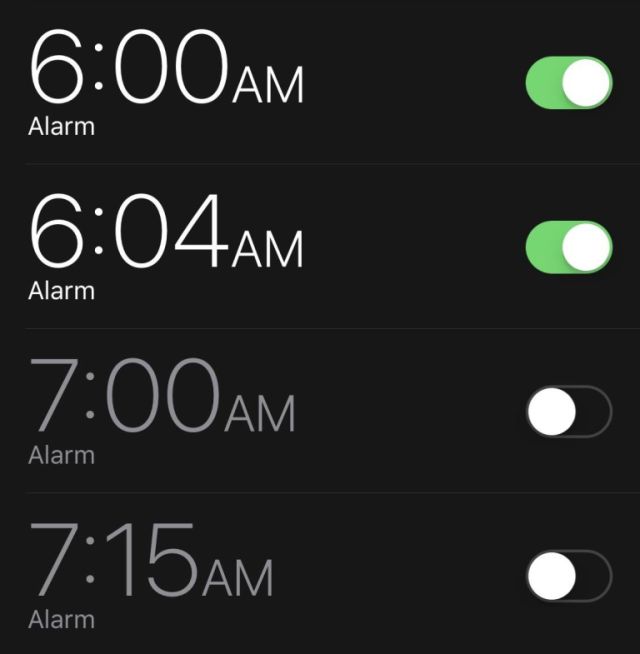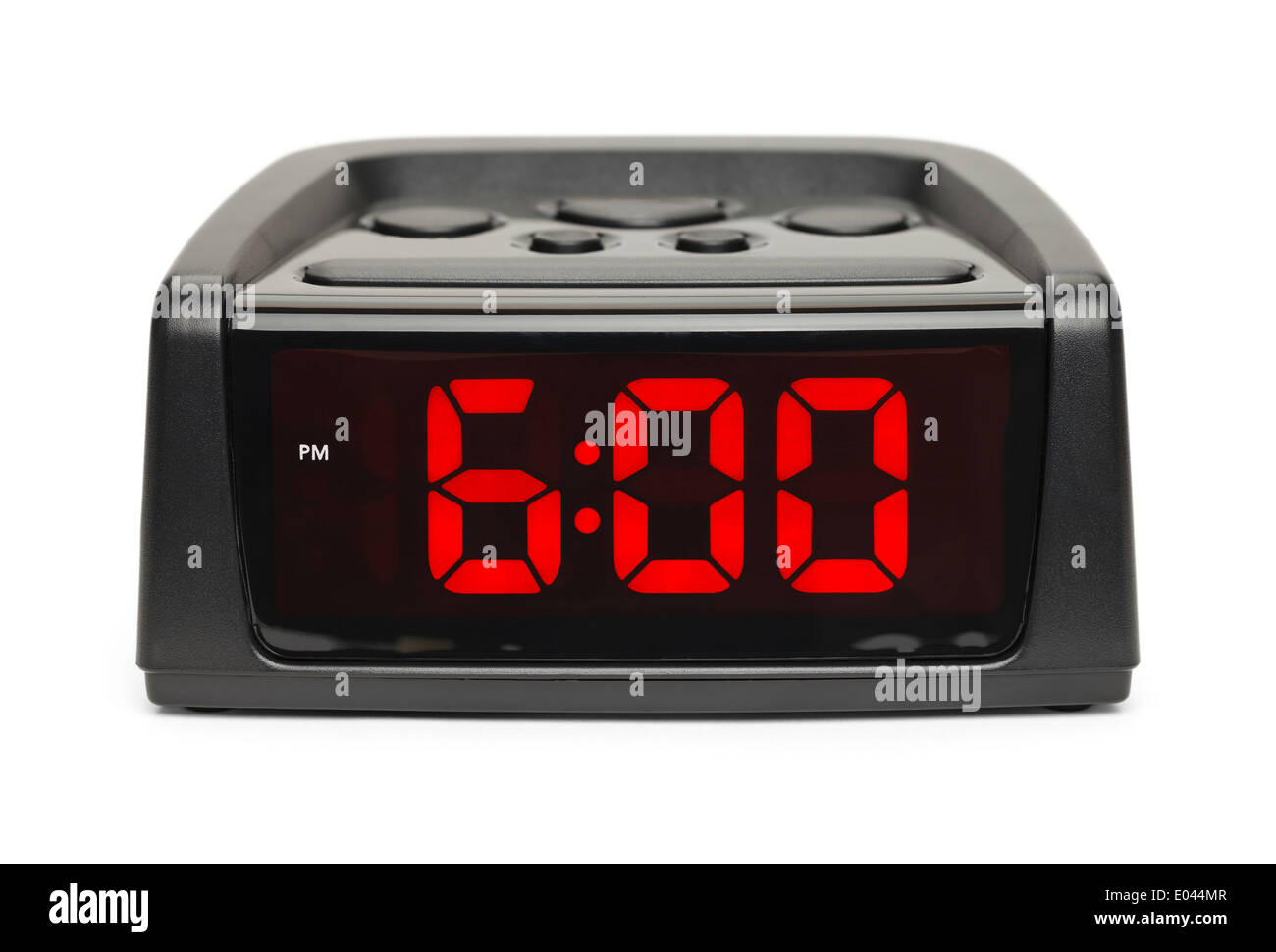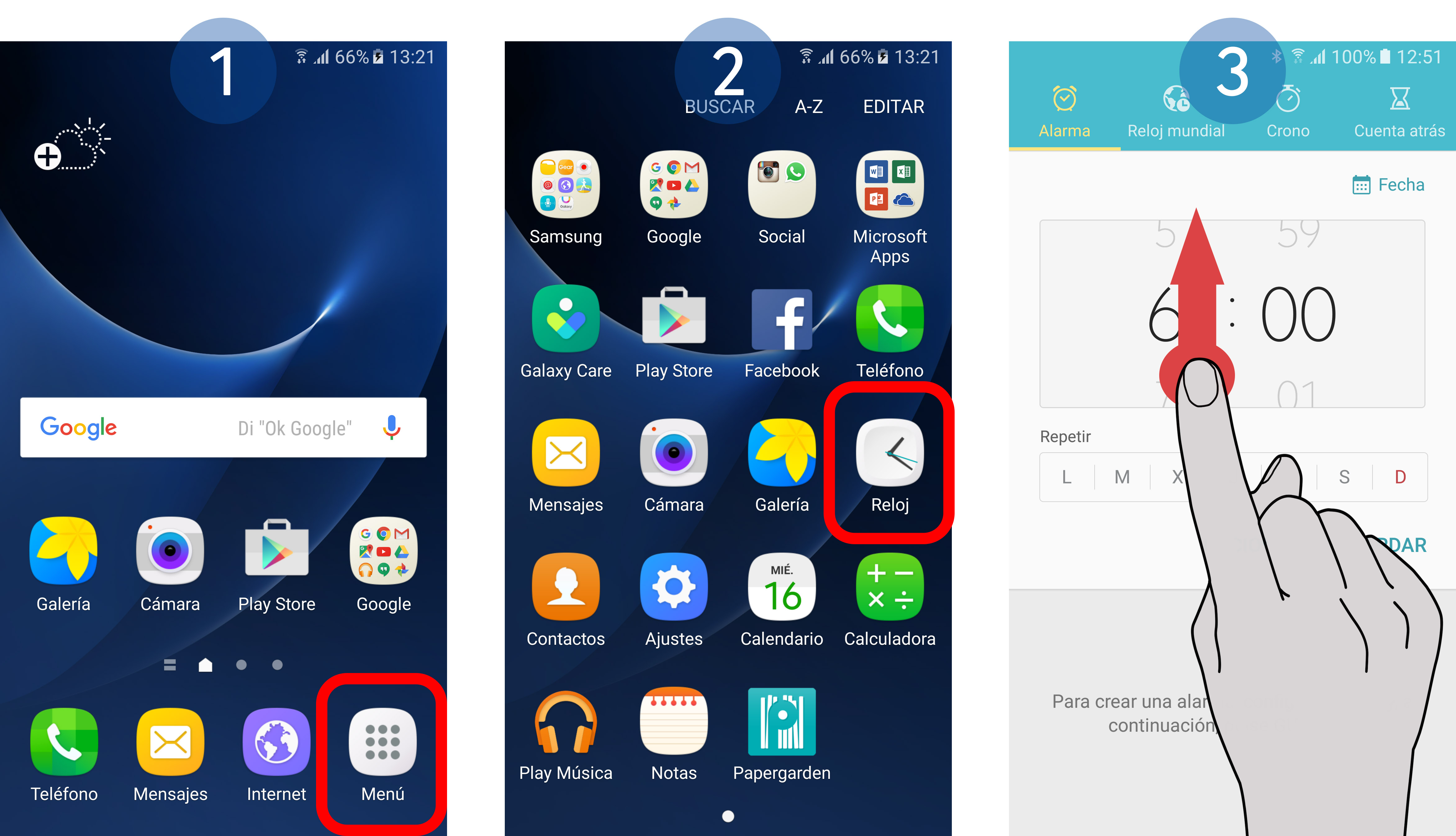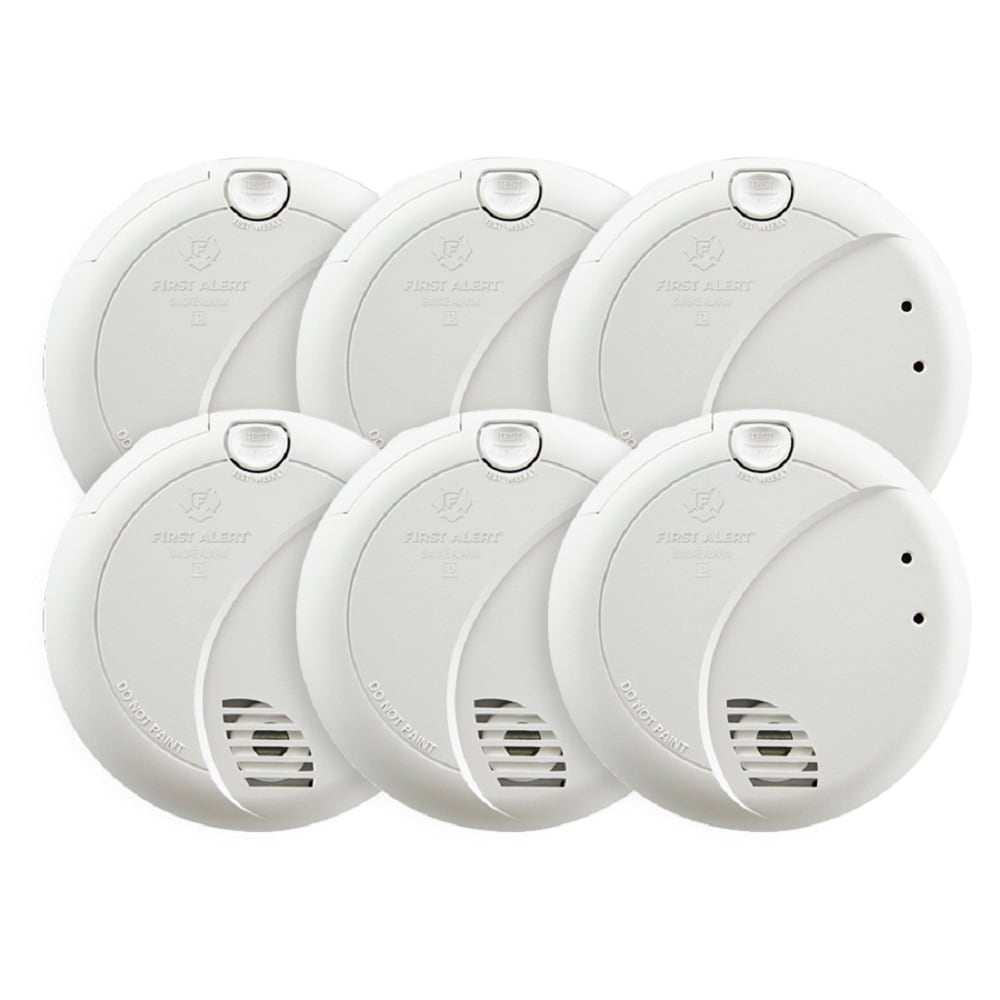
First Alert Brk 6-Pack Hardwired Photoelectric Sensor Smoke Detector in the Smoke Detectors department at Lowes.com

Amazon.com: Tire Pressure Monitoring System,Blueskysea T650 Wireless Solar Power TPMS for RV Trailer with 6 External 200PSI Sensors LCD Display Real-time Alarm Pressure Temperature for Van Truck Cars : Automotive

Amazon.com: Paquete incluye un kit de 8 piezas Ring Alarm Pro – eero Wi-Fi 6 router integrado y 30 días gratis del plan de suscripción Ring Protect Pro : Electrónica

El despertador hace sonar la alarma y nos despierta a las 6 de la mañana temprano, Vídeos de stock - Envato Elements

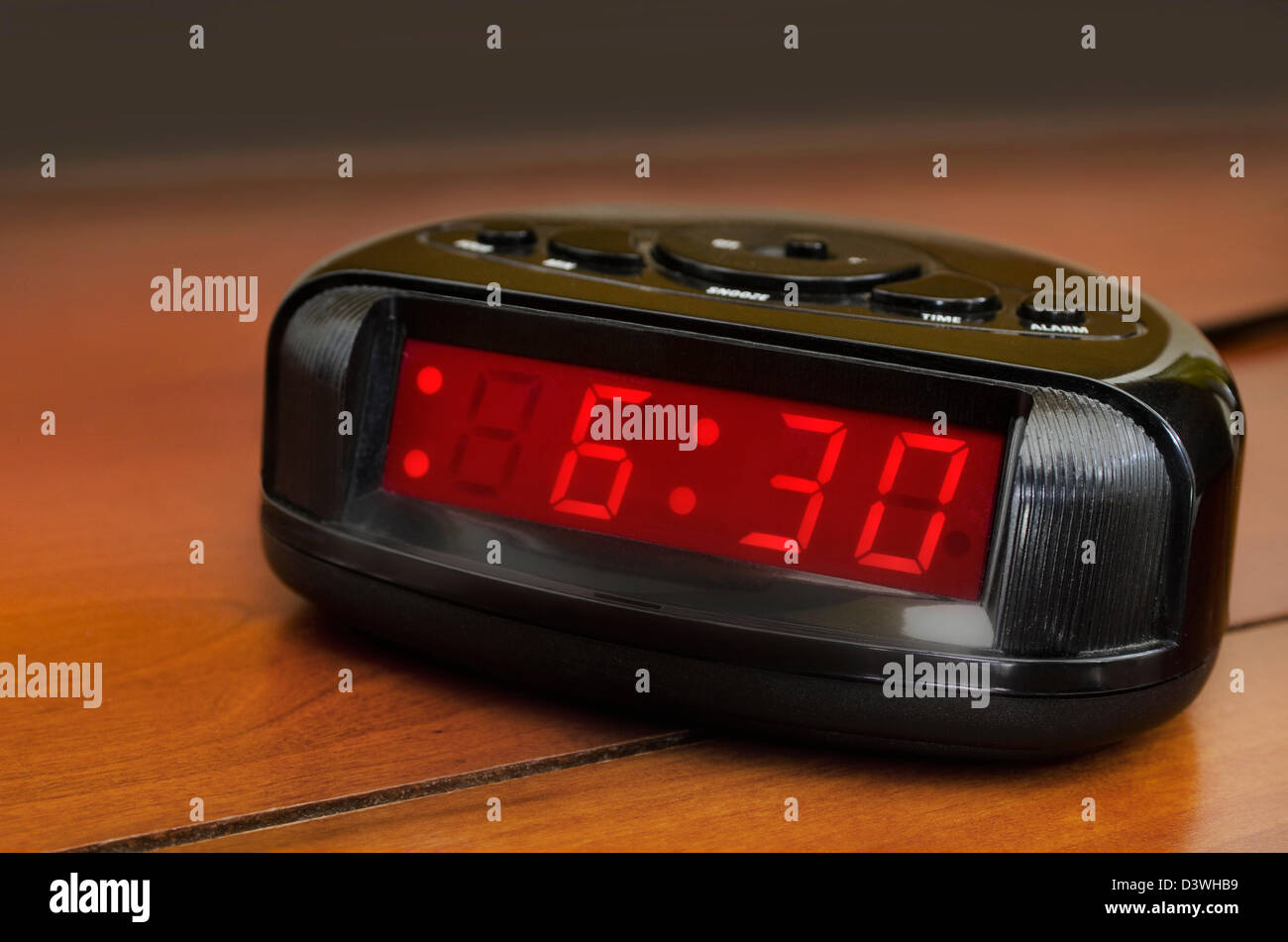






:format(jpg)/f.elconfidencial.com%2Foriginal%2Ffe7%2F857%2Fb96%2Ffe7857b968632375354d6dd21d48fce3.jpg)


